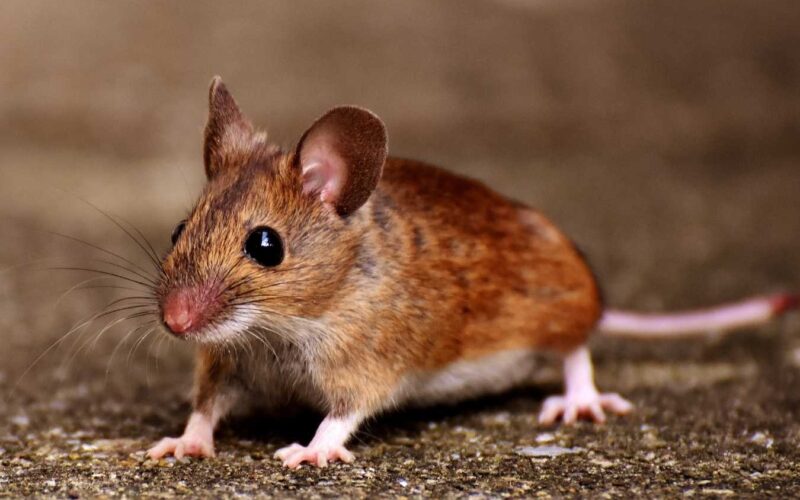Ever been startled by scratching sounds in the walls at night, only to realize you might be sharing your home with uninvited guests? Dangerous rodents like rats and mice aren’t just unsettling—they can chew through wires, contaminate food, and even spread harmful diseases. For homeowners, ignoring the problem can quickly turn a small nuisance into costly damage.
The good news is that keeping rodents out doesn’t have to be complicated. With a few simple and consistent prevention steps, you can protect your home, your food, and your peace of mind.
In this post, we’ll walk you through five essential tips every homeowner can use to keep dangerous rodents out for good.
Tip 1: Seal Every Possible Entry Point
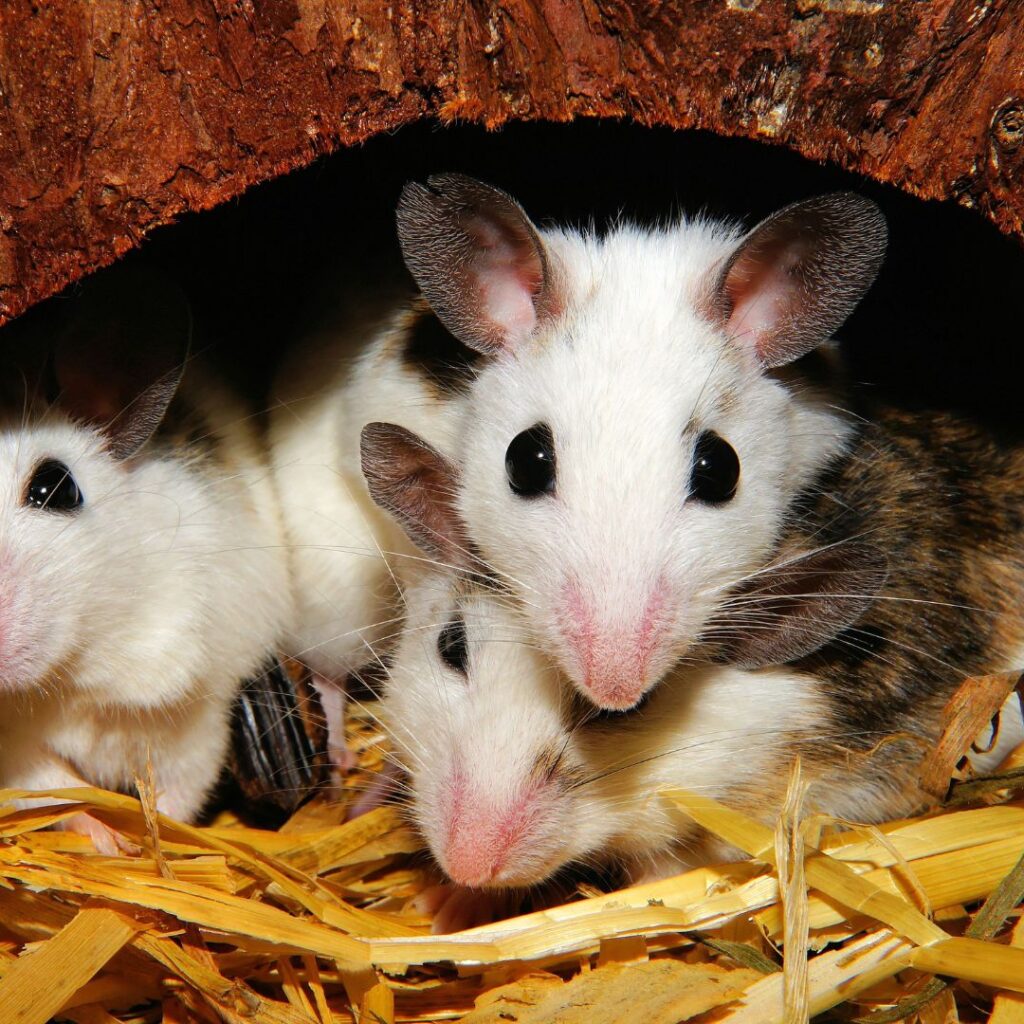
One of the most effective ways to keep dangerous rodents out of your home is by sealing the small gaps they use to sneak inside. Mice can squeeze through holes as small as the width of a pencil, while rats can fit through quarter-sized openings. Even the tiniest cracks can become gateways for infestation.
Identify Vulnerable Areas Around Your Home
Begin by inspecting the exterior of your house with care. Check around doors, windows, vents, and where utility lines or pipes enter. Don’t forget the foundation, attic, and basement—these hidden areas often provide entry routes for rodents.
A helpful trick is to walk around your home with a flashlight at night. If you see light passing through cracks, rodents can likely pass through too. Look closely at weather-worn spots and corners where materials may have shifted or eroded over time.
Use the Right Materials for Long-Term Protection
Foam or soft fillers won’t stop dangerous rodents, since they can chew through easily. Instead, use steel wool packed tightly into holes, followed by a layer of caulk for reinforcement. This combination blocks entry and makes chewing difficult.
For larger gaps, metal mesh is an excellent choice, while weatherstripping helps seal door frames. Adding door sweeps prevents rodents from slipping under doors, especially in garages or entryways. Durable materials will save you the headache of repeated repairs.
Make Entry Prevention a Routine
Sealing your home isn’t just a one-time project. Seasonal shifts and natural wear can create new openings that weren’t there before. That’s why routine inspections are essential.
Aim to check your home twice a year, particularly in fall and spring when rodents seek shelter. By staying proactive and sealing gaps quickly, you’ll drastically lower the risk of dangerous rodents finding a way inside.
Tip 2: Keep Food Tightly Stored
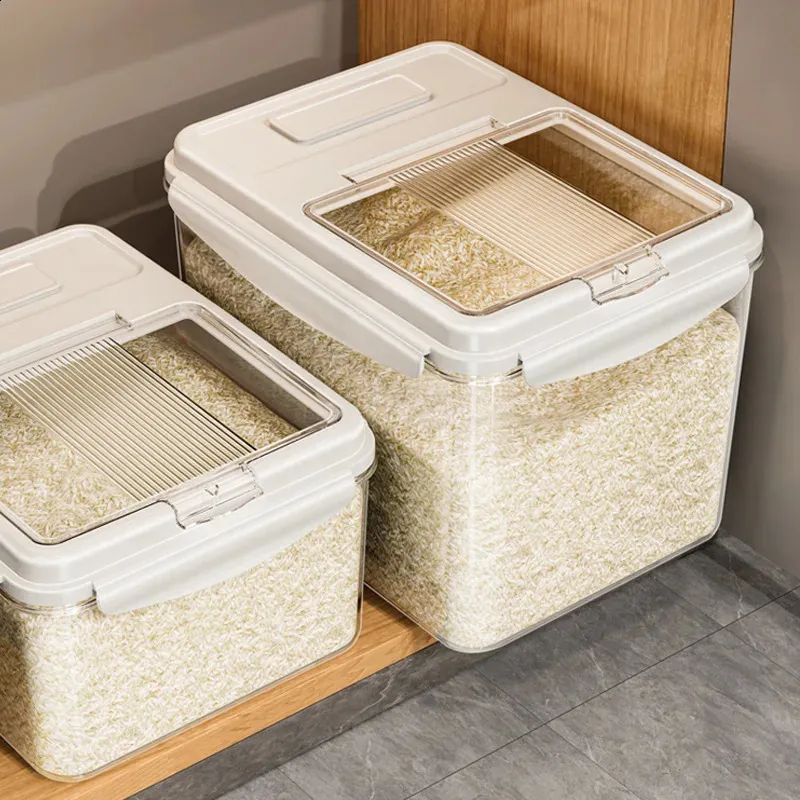
Food is the number one attraction for dangerous rodents, and even the smallest crumbs can draw them inside. If food is left exposed, rodents will quickly find it, turning your home into their personal buffet.
Invest in airtight glass, metal, or heavy-duty plastic containers to store pantry staples like rice, flour, pasta, and cereal. Thin cardboard boxes and paper bags are no match for dangerous rodents, which can chew through them in seconds.
By sealing your food properly, you not only block access but also remove the food scent that often lures rodents into your home in the first place. This simple change drastically reduces your risk of infestation.
Don’t Leave Pet Food Out Overnight
Pet food is one of the most overlooked attractants for rodents. Leaving a bowl of pet food out overnight provides an easy feast for mice and rats. If your pets don’t finish their meals, store the leftovers in a sealed container until morning.
Homeowners who take this step often notice fewer rodent sightings because they’ve eliminated one of the most consistent food sources available indoors.
For outdoor trash, make sure garbage cans are rodent-proof and placed a safe distance from your home. This prevents rodents from getting close enough to look for another way inside.
By combining airtight storage, mindful pet feeding, and consistent trash disposal, you’ll create a home environment that is far less appealing to dangerous rodents.
Tip 3: Maintain a Clean and Clutter-Free Home

A cluttered or dirty home provides the perfect hiding places and food crumbs that attract dangerous rodents. Even if you’ve sealed entry points and stored food properly, a messy environment can still invite infestations.
Clean Up Food Crumbs and Spills Quickly
Rodents have an incredible sense of smell and can detect food residue from far away. Make it a habit to wipe down countertops, sweep floors, and clean up crumbs after every meal. Regular vacuuming also helps remove food particles that aren’t visible.
A clean kitchen is especially important since it’s the area most likely to tempt rodents. Keeping it spotless makes your home less inviting.
Reduce Indoor Clutter
Stacks of cardboard boxes, newspapers, and unused items create hiding spots where rodents can nest undisturbed. Homeowners often overlook attics, basements, and garages, which are rodent favourites.
Decluttering these areas not only keeps your home organized but also eliminates the safe havens dangerous rodents rely on for shelter.
Pay Attention to Storage Areas
If you store items in boxes, switch to plastic bins with secure lids. Cardboard is easy for rodents to chew through, and once they find shelter inside, infestations can spread quickly.
Check storage rooms, closets, and under furniture regularly. Keeping these spaces tidy reduces hiding spots and makes it easier to spot rodent activity early.
Create a Routine Cleaning Schedule
Consistency is key to preventing infestations. Develop a simple cleaning checklist—daily tasks like wiping counters, weekly tasks like vacuuming, and monthly tasks like deep-cleaning storage areas.
By staying proactive, homeowners can cut off two major rodent motivators: food access and shelter. When your home is clean and clutter-free, dangerous rodents will find it far less appealing.
Tip 4: Eliminate Outdoor Attractants
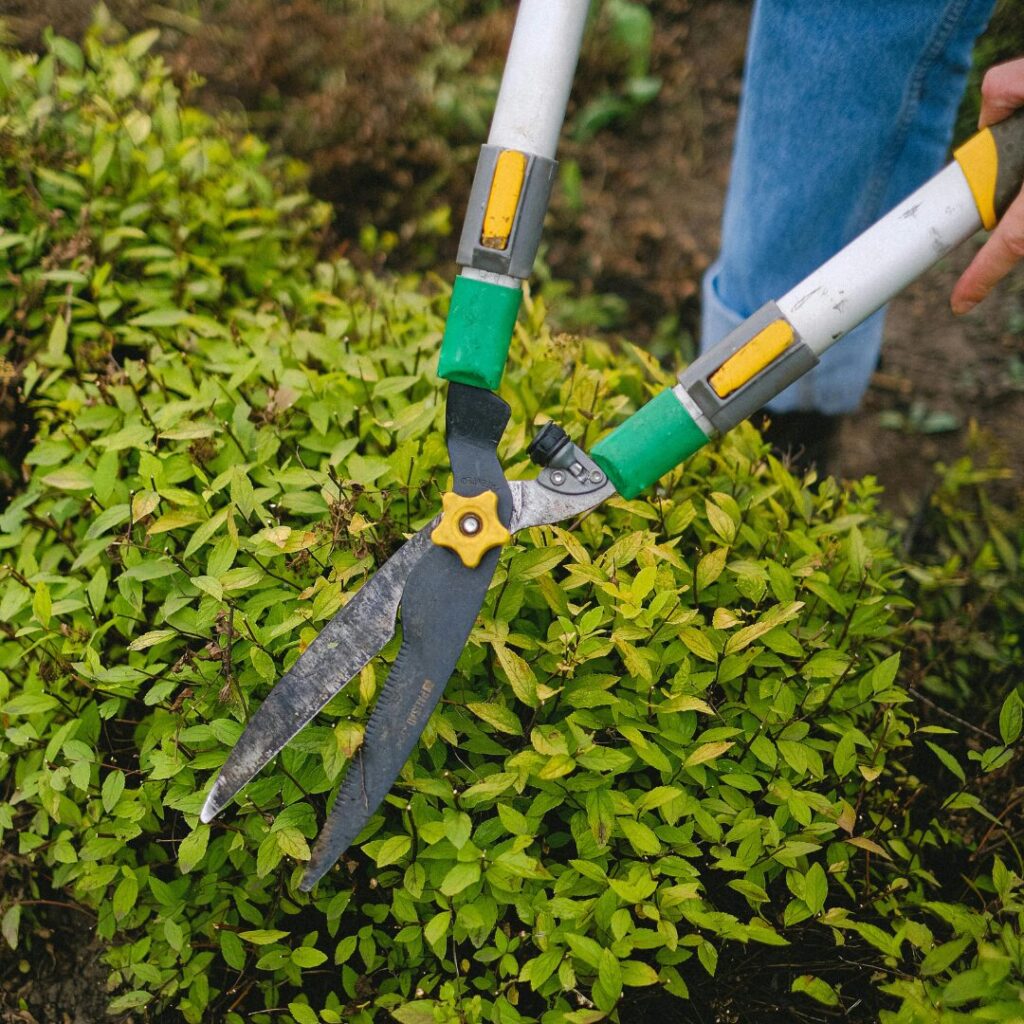
Preventing dangerous rodents from entering your home starts outside. If your yard or garden provides food, water, or shelter, rodents are more likely to move closer and eventually find their way indoors.
Trim Overgrown Vegetation
Bushes, shrubs, and tree branches that touch your home act like highways for rodents. By trimming vegetation at least a few feet away from walls and roofs, you remove easy climbing paths.
Well-maintained landscaping not only improves curb appeal but also makes it harder for dangerous rodents to approach unnoticed.
Store Firewood and Yard Materials Properly
Stacked firewood, lumber, or yard debris left against the house creates ideal nesting spots. Rodents hide in these piles and then slip inside when conditions get harsh.
Always store firewood at least 20 feet away from your home and elevate it a few inches off the ground. This simple step denies rodents shelter and discourages them from settling nearby.
Secure Outdoor Trash and Compost
Outdoor garbage is one of the biggest rodent attractants. Use heavy-duty bins with tight-fitting lids and keep them closed at all times. If possible, store bins in a shed or at the edge of your property.
If you compost, avoid adding meat or greasy scraps that lure dangerous rodents. Instead, stick to fruit, vegetables, and yard waste, which are less appealing to them.
Remove Standing Water Sources
Rodents also need water to survive, so eliminating puddles, leaky faucets, and clogged gutters makes your yard less inviting. A dry outdoor space is far less attractive to pests.
By removing food, shelter, and water outdoors, you stop infestations before they reach your home. A rodent-free yard is the first defence against dangerous rodents inside.
Tip 5: Set Preventive Traps and Natural Deterrents
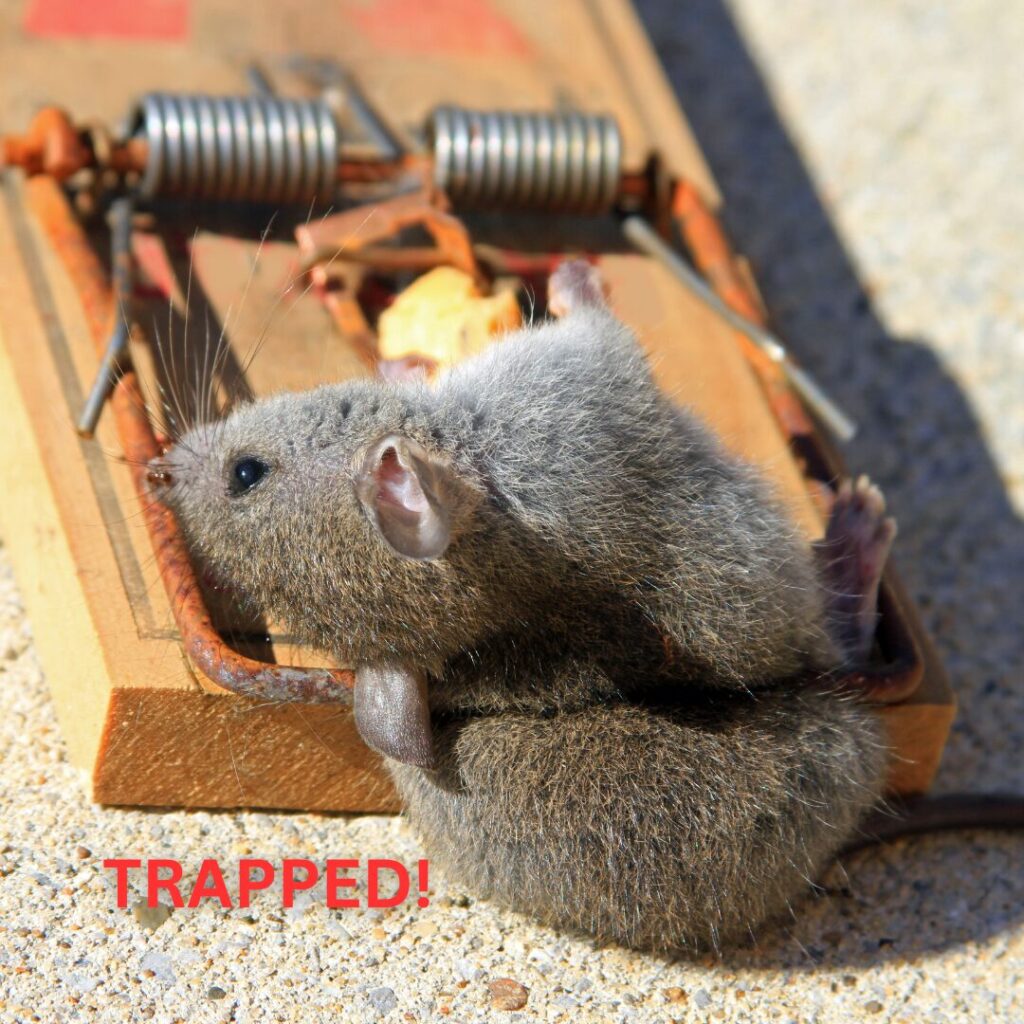
Even if you don’t see activity yet, setting preventive measures helps stop dangerous rodents before they establish themselves. Proactive trapping and deterrents keep your home one step ahead.
Place Traps in Common Entry Areas
Rodents often travel along walls, behind appliances, and near food storage areas. Placing traps in these high-traffic zones increases your chances of catching intruders early.
Snap traps and bait stations are affordable options that homeowners can use safely if placed out of reach of children and pets.
Try Natural Repellents for Extra Protection
If you prefer a chemical-free approach, natural deterrents can be highly effective. Peppermint oil, when soaked into cotton balls and placed near entry points, creates a strong smell that rodents dislike.
Ultrasonic devices are another option. They emit high-frequency sounds that irritate rodents, discouraging them from nesting indoors. While results may vary, many homeowners find them useful as part of a layered defence.
Refresh and Rotate Your Methods Regularly
No single method works forever. Rodents can adapt to their surroundings, so it’s important to refresh traps and deterrents often. Replace peppermint oil every few days and reposition traps if you notice no activity.
Homeowners who combine different methods—such as traps, oils, and ultrasonic devices—create a stronger barrier against dangerous rodents. Consistency is key to long-term success.
Use Prevention, Not Just Reaction
Don’t wait until you hear scratching in the walls or spot droppings in the pantry. Preventive measures are far more effective than reacting to an infestation.
By staying proactive with traps and deterrents, you’ll make your home far less appealing to dangerous rodents, reducing the risk of a costly problem later.
Conclusion
Keeping dangerous rodents out of your home doesn’t have to feel overwhelming. By sealing entry points, storing food securely, cleaning regularly, eliminating outdoor attractants, and using preventive traps, you’ve already built a strong defence.
The key is consistency—small steps taken today prevent big problems tomorrow. Your home should feel safe, clean, and rodent-free, and these five tips give you the tools to make that happen.
If you found these strategies helpful, don’t stop here. Subscribe to our blog for more practical home-protection tips delivered straight to your inbox. And if you know other homeowners who could benefit, share this post with them—because no one should have to live with dangerous rodents.
